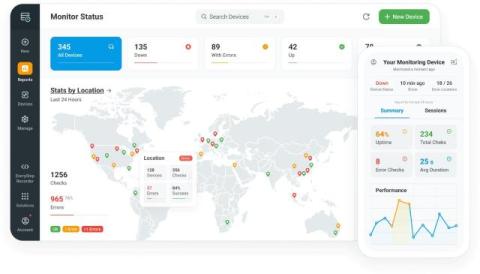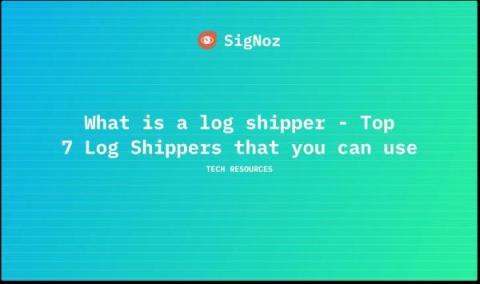Choosing Website Monitoring Options: Optimal Performance and Uptime
Your website is often the first point of contact between your business and potential customers. Ensuring that your website is always up and running, loading quickly, and providing a seamless user experience is crucial for success.











